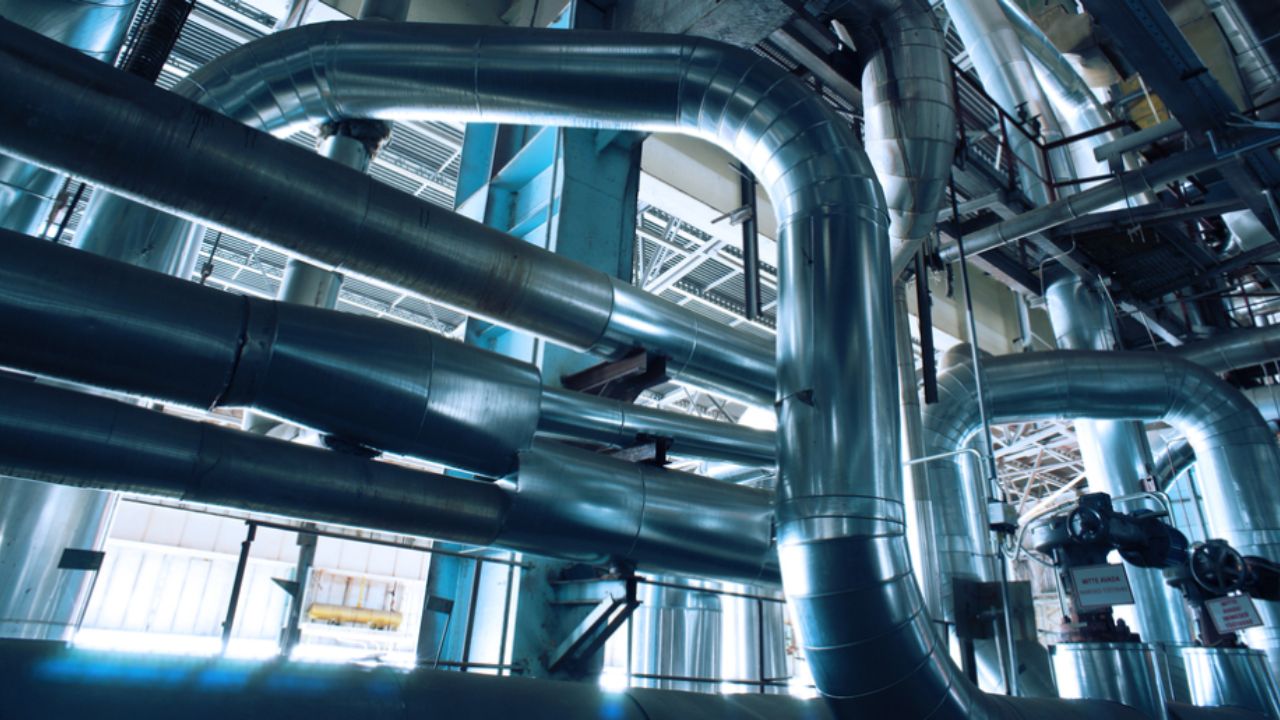The manufacturing industry has seen major technological progress through years of innovation that has dramatically improved both production quality and process precision and efficiency. The development of DOM (Drawn Over Mandrel) pipe technology represents a major technological advancement in the industry. The manufacturing industry has experienced a breakthrough with DOM pipes which provide superior strength and precision while delivering enhanced surface quality compared to welded and seamless pipes. Learn more about DOM pipe technology and its applications by visiting https://www.tuspipe.com/blog/dom-pipe/. This article examines how DOM pipe technology has reshaped manufacturing operations throughout different industries to deliver products with maximum durability and operational capabilities.
What Is DOM Pipe Technology?
DOM pipe technology represents a specialized manufacturing approach that produces steel pipes with both high precision and high strength characteristics. Electric resistance welding (ERW) combines with a special cold drawing method to create products that fulfill strict dimensional requirements and display a consistent smooth finish. DOM pipes receive supplementary processing beyond standard welded pipes to remove all visible seams thus creating a nearly seamless tube with improved mechanical properties. The cold drawing technique requires pulling the pipe through a die to achieve diameter reduction and length expansion. The steel grain structure becomes refined through this process which results in stronger steel that maintains precise dimensions. The steel pipe achieves superior performance in demanding stress conditions and meets requirements for critical applications that need precision and reliability.
Enhancing Manufacturing Accuracy
DOM pipe technology delivers exceptional manufacturing accuracy through its capability to maintain precise dimensions and tight tolerances that multiple industries require. The precise specifications of outside diameter (OD) wall thickness and internal diameter (ID) differentiate DOM pipes from alternative pipe types. Multiple manufacturing sectors depend on the strict specifications that DOM pipes deliver. The automotive and aerospace industries depend on DOM pipes to manufacture drive shafts suspension systems and hydraulic cylinders because precision requirements are essential for safety and performance. DOM pipe technology delivers such precise manufacturing capabilities that it enables the creation of parts that perfectly match specifications thus minimizing assembly errors while maintaining product integrity.
Reducing Post-Processing Requirements
DOM pipe technology produces exceptional surface quality as one of its main benefits. The cold drawing method produces pipes with pristine surfaces which eliminate both the oxide layer and weld marks that appear in conventional welded pipes. DOM pipes excel in applications requiring superior surface finish quality because they produce surfaces that meet critical requirements in hydraulic systems and medical equipment. DOM pipes achieve such high levels of smoothness that manufacturers eliminate the requirement for post-processing operations such as grinding or polishing thus saving time and resources. The automotive and machinery manufacturing industries benefit from DOM pipes because they eliminate time-consuming finishing processes which reduces labor expenses while improving operational efficiency.
Enhanced Strength and Durability
The DOM pipe technology enables the creation of pipes that demonstrate enhanced strength characteristics along with improved durability. The steel's mechanical properties improve through cold drawing which produces pipes that handle greater stress and pressure than standard welded pipes. DOM pipes demonstrate exceptional suitability for high-performance applications across aerospace automotive and construction industries because of their strength properties. DOM pipes maintain a uniform grain structure that safeguards against cracking and deformation which can occur with inferior pipe materials. The combination of high strength and low weight in DOM pipes makes them suitable for weight-sensitive applications across the aerospace and automotive sectors.
Cost Efficiency and Sustainability in Manufacturing
Manufacturers benefit from substantial cost savings through the use of DOM pipes despite their reputation for high-quality performance. The manufacturing process for DOM pipes produces precise results that both minimize material waste and maintain strict quality standards for each pipe. Manufacturers experience reduced manufacturing expenses because of lower rejection rates and decreased defective product numbers. The production techniques behind DOM pipes utilize advanced technology which leads to better environmental sustainability when compared to conventional manufacturing methods. DOM pipe technology stands out as an environmentally friendly choice for steel pipe manufacturing because it reduces both material waste and energy usage throughout the production process.
DOM Pipe Technology's Impact on Diverse Industries
DOM pipe technology creates significant impacts across multiple industrial sectors. Automotive manufacturers utilize DOM pipes to create lightweight high-strength components for chassis and drive shafts because of rising industry demands. The aerospace industry depends on DOM pipes for critical components including landing gear and fuel lines because precision and safety requirements are essential. DOM pipes serve construction applications by being used to build columns beams and scaffolding structures. These materials demonstrate excellent strength properties and durability which allows them to operate safely in challenging conditions.
Conclusion
DOM pipe technology has transformed manufacturing operations through its high-performance alternative to conventional pipes. The combination of precision delivery with enhanced strength superior surface quality and cost efficiency makes DOM pipes essential for multiple industries. DOM pipes will continue to lead manufacturing innovation because they enable the production of products with unprecedented accuracy reliability and durability standards.


